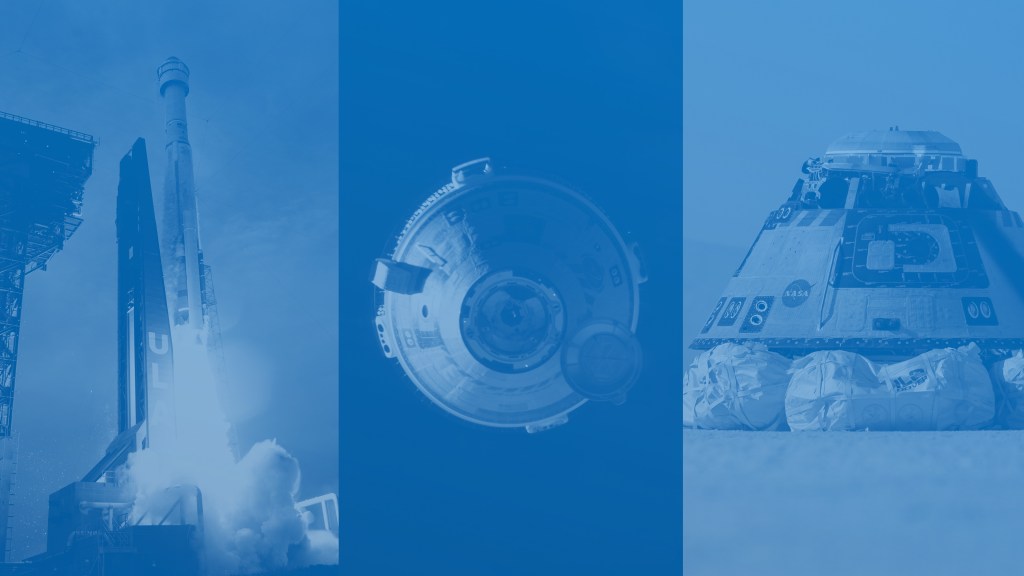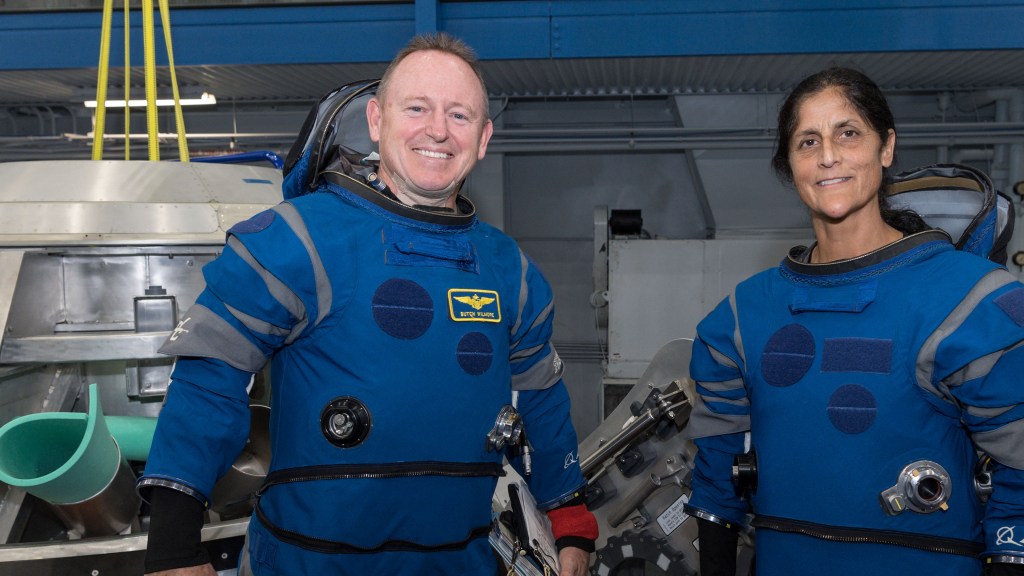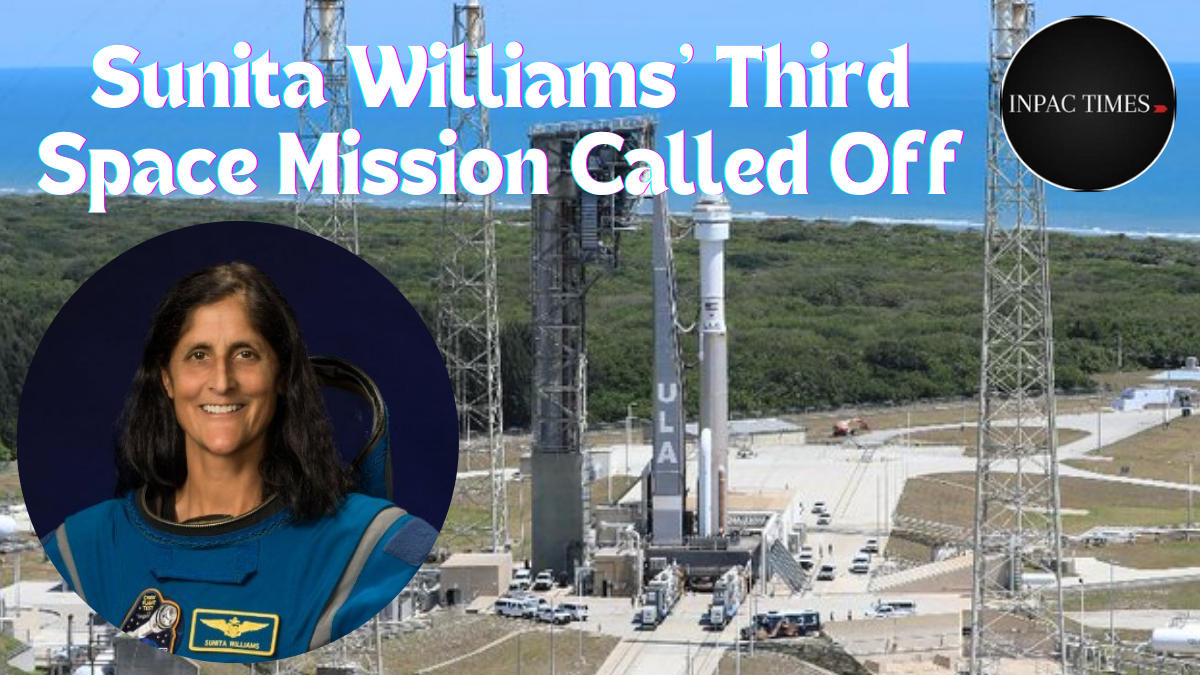In an unexpected turn of events, the highly anticipated third space mission of Indian-origin astronaut Sunita Williams has been postponed. Scheduled for an early morning lift-off on May 7, 2024, from Kennedy Space Center in Cape Canaveral, Florida, the mission faced a last-minute technical hiccup that prevented the Boeing Starliner spacecraft from commencing its journey to the International Space Station (ISS).

Technical Hurdles in Space Exploration
The United Launch Alliance (ULA) launch director, Tom Heter III, announced the delay, citing concerns with an oxygen relief valve on the Centaur Stage of the Atlas V rocket. This issue led to the scrubbing of the launch, with astronauts, including Williams and her colleague Butch Wilmore, vacating the spacecraft. NASA, prioritizing safety, has yet to announce a new date for the launch.
Sunita Williams’ : A Veteran Astronaut’s Journey
At 59, Sunita Williams, a retired US Navy Captain, was set to make history in multiple ways. Not only would this have been her third journey into the vastness of space, but she was also poised to become the first woman to pilot the inaugural flight of the new Boeing Starliner Capsule. Williams, who has already spent 322 days in space and holds records for her spacewalks, expressed a mix of nerves and excitement about flying a new spacecraft.

Mission Objectives: Beyond the Launch
The primary goal of the mission, aside from testing the new spacecraft, was to dock with the ISS for about a week. During their stay, Williams and Wilmore were scheduled to conduct numerous tests to evaluate the Starliner’s performance in space. This step is crucial for Boeing as it seeks NASA’s certification of the Starliner for regular crewed missions to the ISS, marking a significant milestone in commercial space travel.

The Commercial Crew Program
NASA’s Commercial Crew Program, which includes SpaceX’s Dragon and Boeing’s Starliner, aims to facilitate reliable and cost-effective transport to and from the ISS. This program is vital for the United States to maintain a consistent human presence in space, independent of international cooperation. The success of missions like Williams’ is essential for advancing these goals.
Safety First: A NASA Priority
The postponement, though a setback, underscores NASA’s commitment to safety. NASA Administrator Bill Nelson reinforced this commitment, stating that the space agency would only proceed when all systems are confirmed ready. This cautious approach ensures the well-being of astronauts and the overall success of missions.
Trailblazer in Space: Sunita Williams’ Illustrious Career
Indian-origin astronaut Sunita Williams, born on September 19, 1965, to an Indian father and Slovenian mother, exemplifies a stellar career in space exploration. A graduate of the U.S. Naval Academy, Williams retired as a U.S. Navy Captain before joining NASA’s astronaut corps in 1998. With two previous missions to the ISS in 2006 and 2012, she has spent a total of 322 days in space, setting records for the longest spacewalk time by a female astronaut. Her journey reflects not just personal achievement but also serves as an inspiration for future generations exploring careers in science and aerospace.

Looking Forward
As the aerospace community and space enthusiasts worldwide await the rescheduled launch, the delay serves as a reminder of the complexities involved in space travel. Despite advanced technologies, human spaceflight remains a challenging endeavor where safety must trump schedule.
The next steps involve a thorough investigation and resolution of the technical issue, followed by a comprehensive review before setting a new launch date. Meanwhile, astronauts like Williams and Wilmore remain poised and ready to continue their contributions to space exploration.
This delay, while disappointing, is just a temporary detour on the road to expanding human presence in space. As developments unfold, the global audience looks forward to witnessing Williams soar into the skies, furthering humanity’s quest to explore beyond our earthly confines.



